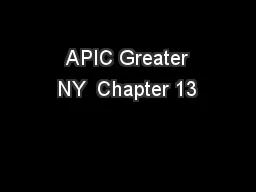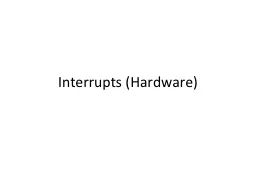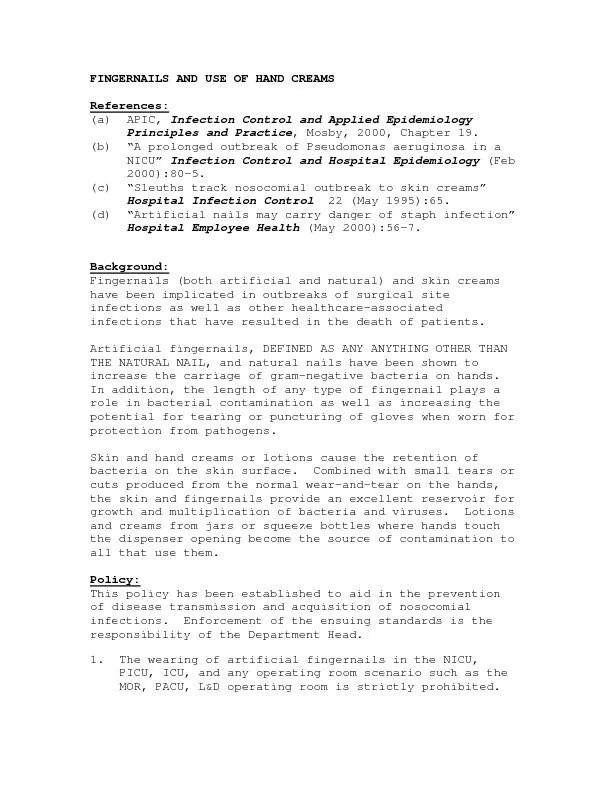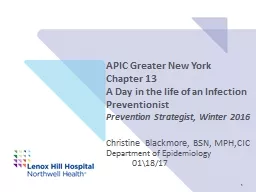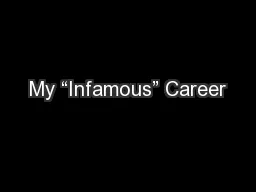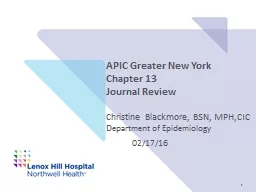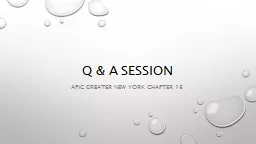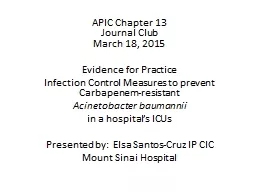PPT-APIC Greater NY Chapter 13
Author : tatiana-dople | Published Date : 2020-04-02
QampA Session Jason Thomas RN BSN Mount Sinai Hospital Dept of Infection Prevention 1 Five days after admission for pneumonia a patient is diagnosed with active
Presentation Embed Code
Download Presentation
Download Presentation The PPT/PDF document " APIC Greater NY Chapter 13" is the property of its rightful owner. Permission is granted to download and print the materials on this website for personal, non-commercial use only, and to display it on your personal computer provided you do not modify the materials and that you retain all copyright notices contained in the materials. By downloading content from our website, you accept the terms of this agreement.
APIC Greater NY Chapter 13: Transcript
Download Rules Of Document
" APIC Greater NY Chapter 13"The content belongs to its owner. You may download and print it for personal use, without modification, and keep all copyright notices. By downloading, you agree to these terms.
Related Documents

